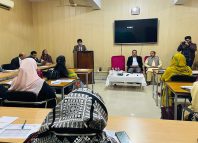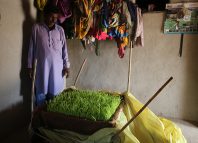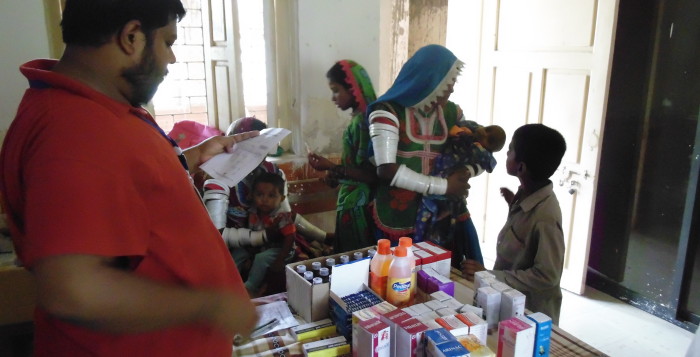Picture: http://92newshd.tv
Flash floods caused by heavy monsoon rains killed at least 11 people including two children in different areas of Rawalpindi on Tuesday, July 7.
The flash floods swept away five people, of whom four drowned. There were reports of more casualties due to structural collapse and electrocution but the exact figure of these have not yet been confirmed.
The water surged into the houses and its level reached up to two feet in the surrounding areas. Terrified residents were seen sitting on rooftops as floodwaters gushed through the streets in localities of Rawalpindi.
A red alert has been issued for the Lai Nullah and the people living on the river banks have been advised to evacuate the areas.
A flood warning has also been issued for the Chinab River till 9th of July.
Further spells of monsoon rains are predicted to hit the affected regions again. Monsoon rains cause widespread casualties and damage to property every year in Pakistan.
Community World Service Asia is currently monitoring the situation. Its emergency response teams are prepared and will start emergency response activities if required.
To view the contingency plan for this emergency response, click here to download Monsoon Contingency Plan
Contacts:
Allan A. Calma
Deputy Director
Disaster Management Program
Email: allan.calma@communityworldservice.asia
Cell: +92 301 5801621
Muhammad Fazal
Associate Director
Emergencies/DRR/Climate Change
Email: fazil.sardar@communityworldservice.asia
Cell: +92 332 5586134
Palwashay Arbab
Senior Communications Officer
Email: palwashay.arbab@communityworldservice.asia
Ph: +92 42 3586 5338
Sources:
www.dawn.com
www.express.com.pk








